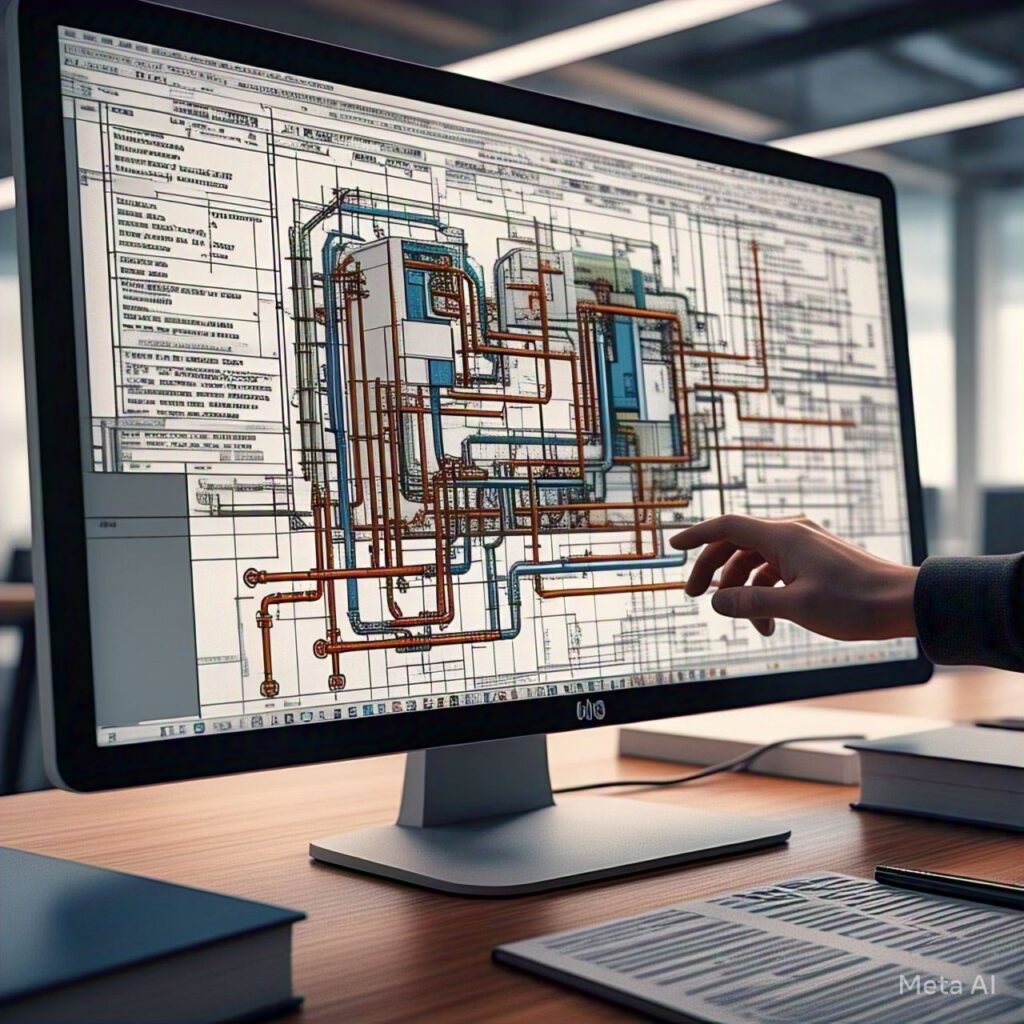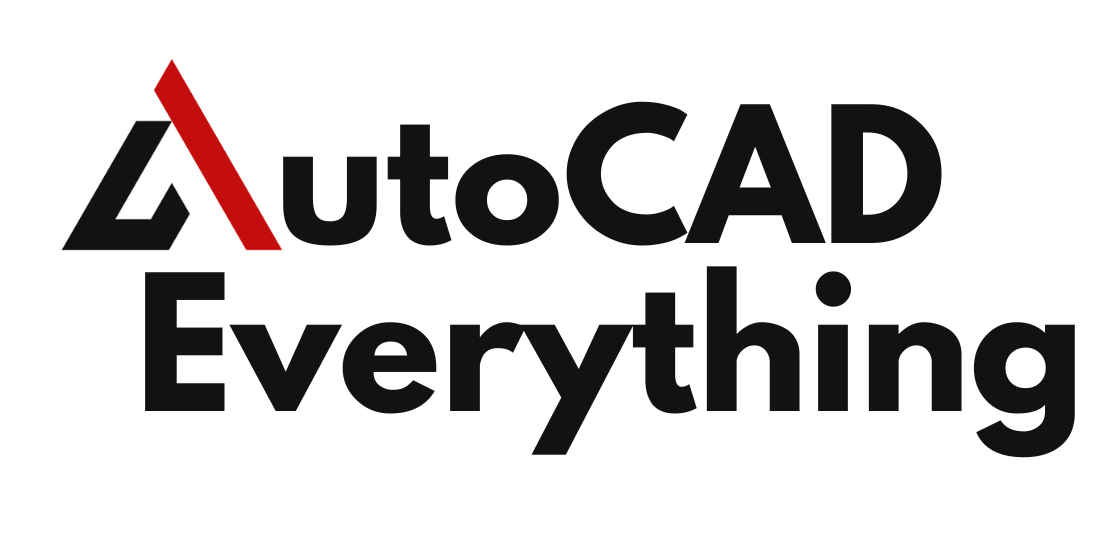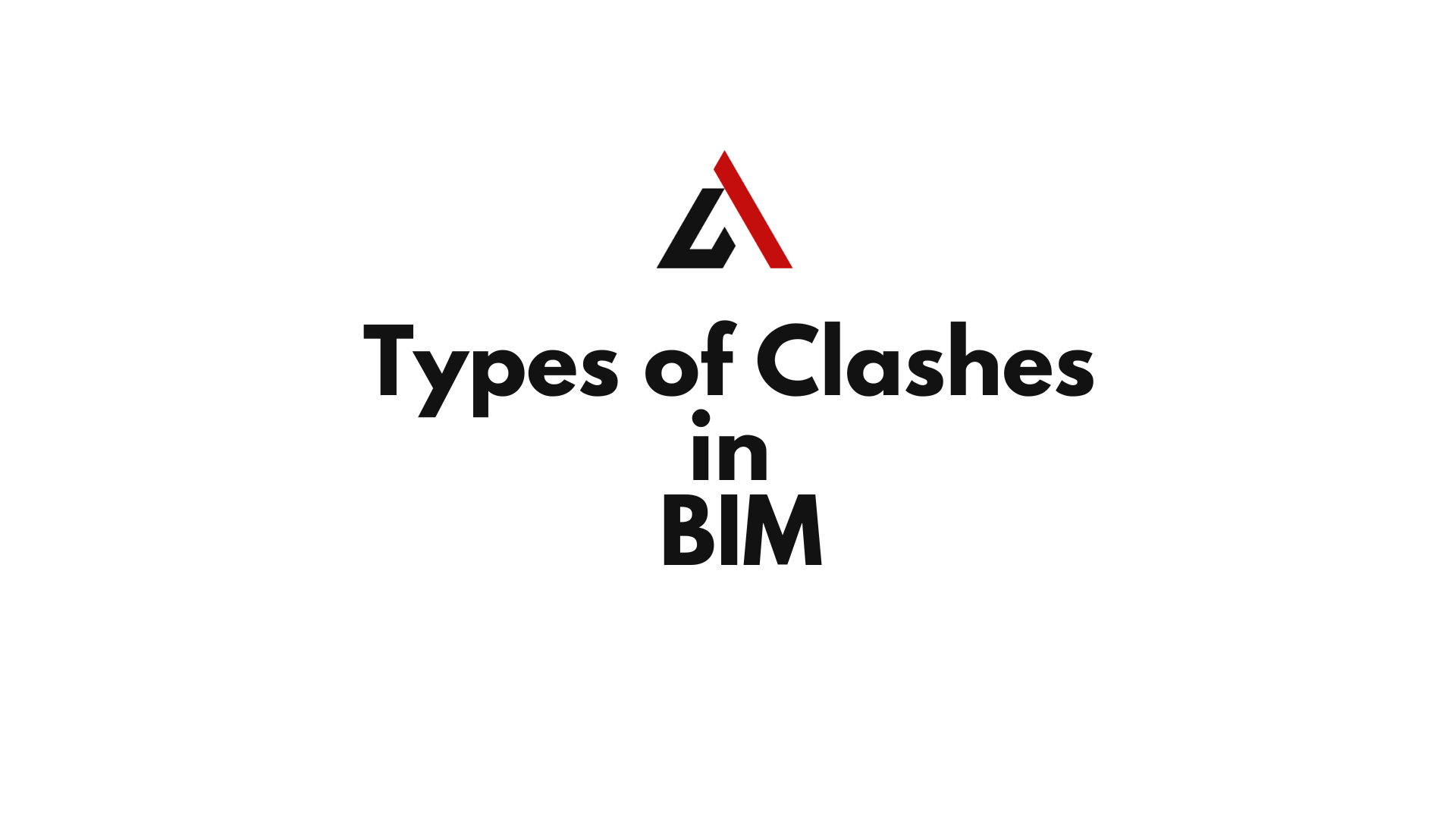Introduction – The Importance of Clash Detection in BIM
Building Information Modeling (BIM) has revolutionized the architecture, engineering, and construction (AEC) industry by enhancing collaboration, reducing errors, and streamlining project execution. However, despite its many benefits, conflicts between different building systems can still occur, leading to costly design errors, rework, and construction delays.
This is where BIM clash detection becomes crucial. Clash detection allows project teams to identify and resolve conflicts before construction begins, improving efficiency and minimizing risks.
Table of Contents
There are three main types of clashes in BIM:
✅ Hard clashes – When two building elements physically overlap.
✅ Soft clashes – When design elements violate clearance zones or accessibility standards.
✅ Workflow clashes – When scheduling, sequencing, or data conflicts arise.
Each type of clash affects the project differently, and understanding them is essential for efficient project coordination.
What is Clash Detection in BIM?
Clash detection in BIM is the process of identifying conflicts between different building components before construction begins. These clashes are usually found in 3D BIM models, where different disciplines—such as architecture, structure, and MEP (Mechanical, Electrical, Plumbing)—work together.

Why is Clash Detection Important?
✔ Reduces construction errors – Detecting clashes early prevents costly mistakes.
✔ Improves coordination – Enhances collaboration between different disciplines.
✔ Saves time and money – Reduces rework, material waste, and schedule delays.
✔ Enhances safety – Prevents unsafe conditions caused by design conflicts.
BIM software like Autodesk Navisworks, Solibri, and Tekla Structures helps detect and manage clashes, ensuring a smooth construction workflow.
Types of Clashes in BIM
1. Hard Clashes (Physical Conflicts)
A hard clash occurs when two building elements physically intersect in a way that is not intended. These conflicts often happen due to errors in design coordination.
Examples of Hard Clashes
🚧 Structural vs. MEP Clashes – A steel beam passing through an air duct.
🚧 Mechanical vs. Electrical Clashes – A cable tray intersecting with a water pipe.
🚧 Architectural vs. Structural Clashes – A door placed where a column exists.
How to Manage Hard Clashes?
✅ Use clash detection tools like Navisworks to identify overlaps.
✅ Revise designs in collaboration with architects, engineers, and MEP teams.
✅ Implement design rules to prevent future clashes.
2. Soft Clashes (Clearance and Accessibility Issues)
A soft clash happens when elements do not physically intersect but violate clearance zones, safety distances, or regulatory requirements.
Examples of Soft Clashes
🚧 HVAC clearance – A ventilation duct is too close to a fire suppression system.
🚧 Electrical panel accessibility – A breaker box is placed in a location where it cannot be easily accessed.
🚧 Maintenance clearance – A chiller unit is placed too close to a wall, making maintenance impossible.
How to Manage Soft Clashes?
✅ Set clearance rules in BIM models to ensure required spacing.
✅ Regularly check for compliance with safety and accessibility codes.
✅ Use automated clash detection software to flag soft clashes early.
3. Workflow Clashes (Scheduling and Process Conflicts)
A workflow clash occurs when there are conflicts in scheduling, sequencing, or data inconsistencies across teams. These clashes affect project timelines and cause delays in construction workflows.
Examples of Workflow Clashes
📅 Project scheduling conflicts – Concrete pouring scheduled before formwork installation.
📅 Trade sequencing issues – Electrical wiring planned after drywall installation.
📅 Data inconsistencies – Different teams using incompatible BIM file formats.
How to Manage Workflow Clashes?
✅ Use 4D BIM (schedule simulation) to plan the construction sequence.
✅ Implement Common Data Environments (CDEs) for consistent data sharing.
✅ Conduct weekly coordination meetings to align schedules and resolve conflicts.
Clash Detection Tools in BIM
Several BIM software tools help detect and manage clashes:
| BIM Software | Primary Function | Clash Detection Feature |
|---|---|---|
| Autodesk Navisworks | Model coordination and clash detection | Advanced clash detection |
| Solibri Model Checker | Rule-based clash detection | Soft and hard clash detection |
| Revit | BIM modeling | Built-in clash detection |
| Tekla Structures | Structural BIM | Structural clash detection |
| BIM 360 | Cloud-based collaboration | Model coordination |
Choosing the right clash detection tool depends on project size, complexity, and team collaboration needs.
Best Practices for Clash Detection in BIM
🔹 1. Implement Clash Detection Early in the Design Phase
The earlier a clash is detected, the easier it is to fix. Performing regular model checks helps prevent issues before they become expensive problems.
🔹 2. Use a Common Data Environment (CDE)
A CDE ensures that all teams (architects, engineers, contractors) work on the latest version of the model, reducing data inconsistencies.
🔹 3. Set Clear BIM Coordination Standards
Establish rules for clash tolerance, clearance zones, and scheduling to minimize conflicts.
🔹 4. Conduct Regular BIM Coordination Meetings
Hold clash detection meetings with all stakeholders to discuss and resolve identified issues.
🔹 5. Integrate 4D BIM for Better Workflow Planning
4D BIM (time-based modeling) helps avoid workflow clashes by simulating construction sequences before execution.
FAQs on Clash Detection in BIM
1. What is the main purpose of clash detection in BIM?
Clash detection helps identify and resolve conflicts in building systems before construction, saving time and money.
2. What is the difference between hard and soft clashes?
A hard clash is a physical conflict between elements, while a soft clash violates clearance or safety requirements.
3. How can workflow clashes be avoided in BIM projects?
Using 4D BIM scheduling, regular coordination meetings, and a Common Data Environment (CDE) can prevent workflow clashes.
4. What are the best software tools for clash detection?
Popular clash detection tools include Autodesk Navisworks, Solibri, Tekla Structures, and BIM 360.
5. Why are clearance zones important in BIM models?
Clearance zones ensure proper spacing for maintenance, safety, and operational efficiency, preventing soft clashes.
6. Can clash detection be automated in BIM?
Yes, BIM software can automatically detect clashes and generate reports for review.
7. What industries benefit most from clash detection in BIM?
Industries like architecture, construction, infrastructure, and MEP engineering benefit greatly from BIM clash detection.
8. What happens if clashes are not detected before construction?
Unresolved clashes can lead to expensive rework, delays, and structural failures.
9. What is the role of AI in clash detection?
AI-powered tools can predict, analyze, and resolve clashes more efficiently than manual methods.
10. How often should BIM models be checked for clashes?
Clash detection should be performed continuously throughout the design and construction phases.
Conclusion – The Key to Efficient BIM Coordination
Clash detection is a vital part of BIM-based project management. By understanding hard, soft, and workflow clashes, teams can prevent costly mistakes, improve efficiency, and enhance collaboration.
With advanced BIM tools and best practices, the future of clash detection will continue to evolve, making construction projects safer, faster, and more cost-effective. 🚀

